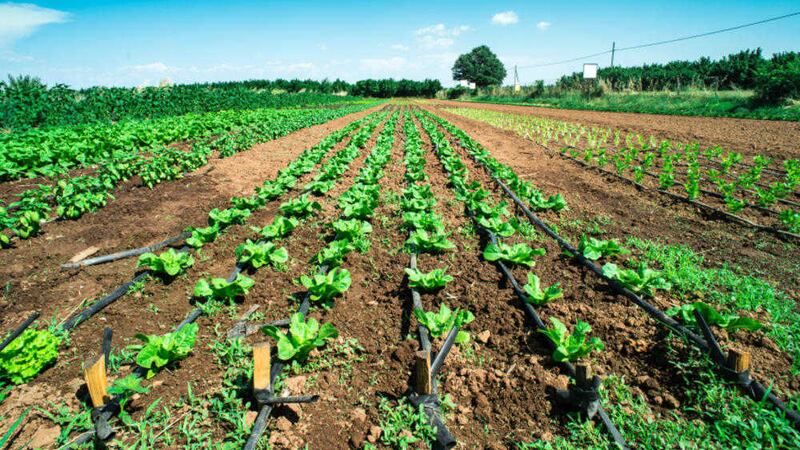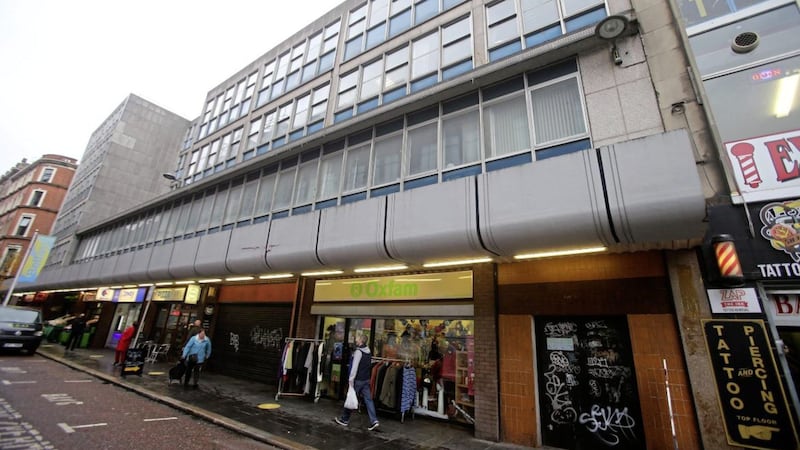STRIKE up a conversation with a farmer about their business and it won’t be long until the topic of farm income is raised. Farming has always been exposed to changing market prices as global demand for food peaks and troughs, exchange rates fluctuate and consumer eating habits vary.
Farmers’ resilience to these changes is strong and they have coped with lean times over the decades. 2016 is, however, different. Every farm enterprise - dairy, beef, sheep or pig - has seen profitability stripped out of the business, plus it’s been one of the wettest winters for years.
Recent figures from Department of Agriculture and Rural Development disclosed that income fell from £312 million to £183m between 2014 and 2015. That was less than the total value of subsidies (£236m). Unless current trends change, these figures are set to fall again for 2016.
So what can farmers do to improve margins while experiencing reduced sales income and increasing business costs?
Costs on farms break down into three main groups - variable, capital and fixed (overheads). Variable costs relate to a particular enterprise such as dairy, beef and sheep. These costs increase in direct proportion to the size of the enterprise, eg meal, vets bills and medicines, chemicals and bedding. As livestock numbers increase the proportion of variable costs tends to rise.
Capital cost is the revenue spent on assets that last a longer period of time, eg major building renovations and land purchases. These costs require long-term planning in the business and aren’t easily reduced once a project is under way.
Fixed costs can’t be easily allocated to a specific enterprise and don’t vary proportionately with changes in the farm’s output, eg machinery running costs, farm electricity and water charges, property repairs, minor land works including drainage, accountants/auditors fees, bank interest/charges and insurance costs.
Farmers need to first know what their costs are and then try to find ways of making reductions. That could be by improving management techniques to save variable costs, carefully considering if additional capital costs are necessary or maximising output to reduce overhead costs.
One of the temptations in reducing fixed costs is to reduce insurance premiums. Farmers may feel they want to restrict cover or reduce sums insured to lower the cost of the premium. Adequate insurance cover is, however, most important when incomes decline. A major loss can be crippling to a business at any time, never mind when profitability is already reduced.
One of the biggest insurance issues affecting farms is underinsurance. All insurers use the principle of ‘average’ when settling claims. Sums insured for items such as buildings, livestock, produce and tools must represent the maximum values on the farm at any stage during the year.
For example, a farmer insures his farm buildings for £100,000, but the total replacement value is actually £200,000. The farmer then suffers a loss by fire of £30,000. As the sum insured is only 50 per cent of the actual replacement value of the sheds then a claim settlement of 50 per cent of the loss will be made, ie £15,000 less any excess, leaving the business to pick up the shortfall.
2016 may well be another difficult farming year, although the onset of spring with longer days and drier weather will certainly lift the mood. If it has been a few years since you have reviewed your farm insurance or if there have been changes to the business such as increased livestock numbers or additional buildings, it’s essential that your farm is adequately protected.
If the worst should happen, your business will continue to trade and hopefully enjoy better times ahead.
:: Richard Henderson is head of agriculture insurance at Autoline Insurance Group (www.autoline.co.uk).








